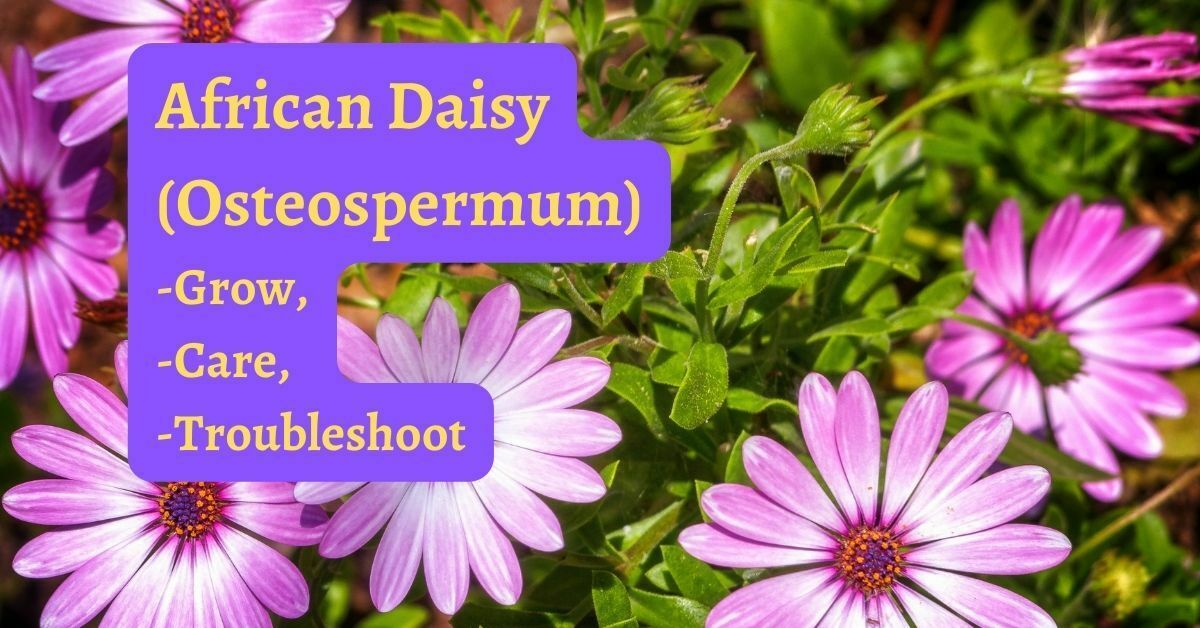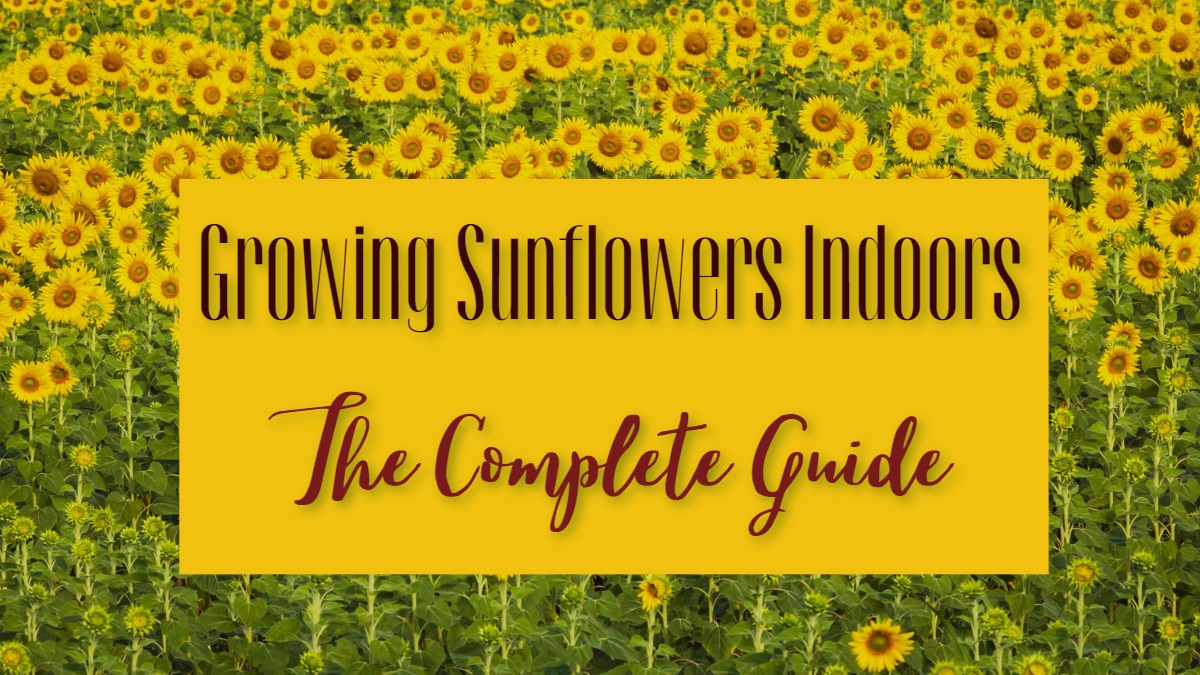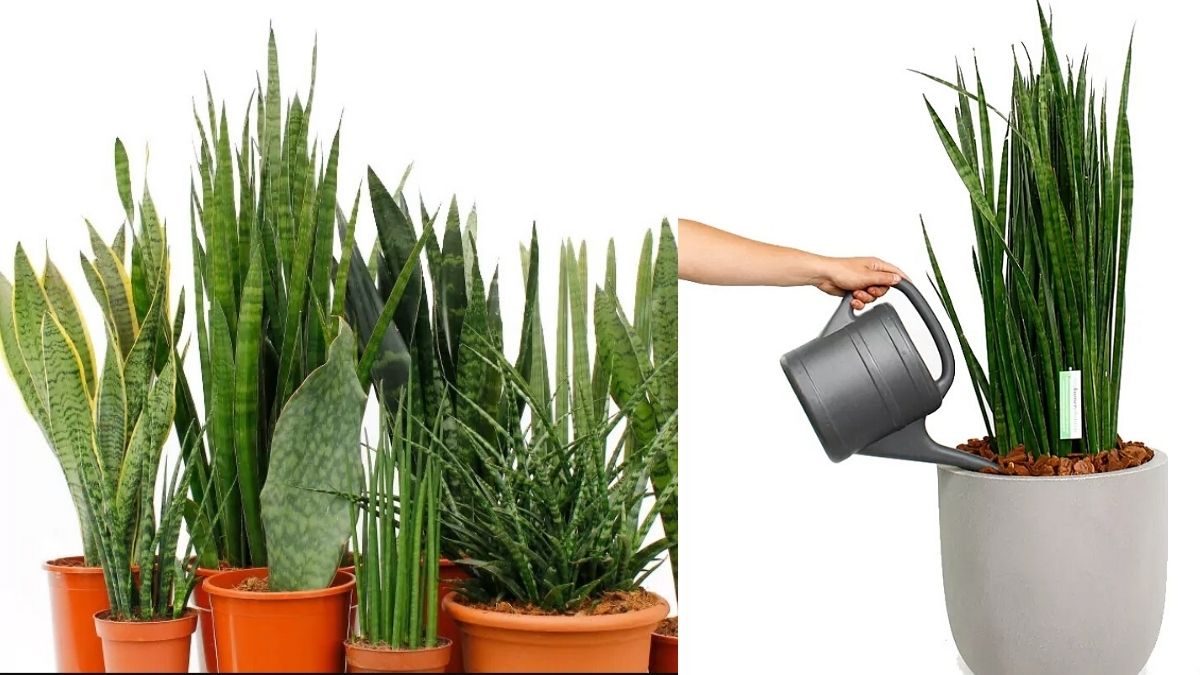The South African cape daisy (Osteospermum ecklonis) belongs to the daisy family (Asteraceae). The various Osteospermum hybrids, which offer color in the pot garden and bed throughout the summer, are very common and popular with us.
This brightly colored plant may be cultivated in the yard or as a balcony container plant. However, because the Cape daisy is native to a hot climate, it should be grown in a place that receives as much sunlight as possible. It should also be sheltered from strong winds and other adverse weather conditions. From May to November, the Cape daisy blooms profusely in red, violet, or pink.
Blossom
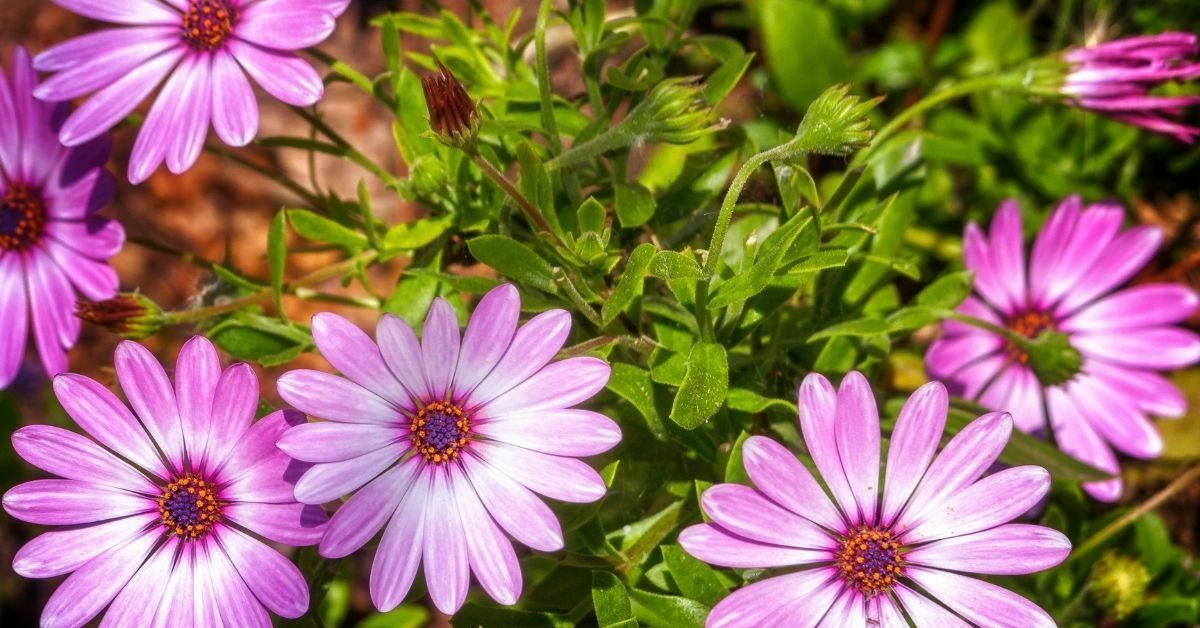
Between May and November, Osteospermum ecklonis produces blooms in a range of hues, depending on the type. The blooms are basket-like and measure up to 3 inches (8 cm) in diameter.
| March | April | May | June | July | Aug | Sep | |
| Plant | ✔ | ✔ | |||||
| Flower | ✔ | ✔ | ✔ | ||||
| Cut | ✔ | ✔ | ✔ | ||||
| Prune | ✔ | ✔ | ✔ | ✔ |
Uses
- As a container plant
- As a cut plant
- On the balcony or terrace
Varieties to try
Pansy
Pansy enjoys the same weather as Osteospermum, which makes it an excellent partner.
Sweet Alyssum
Planting Sweet Alyssum around the base of Osteospermum looks fantastic.
Nemesia
Nemesia can be added to a pot of Osteospermum to provide scent.
Growth
The sun-loving African Cape daisy has a compact habit and can grow to a height of 8-16 inches (20-40 cm) depending on the type, with long-stemmed blossoms reaching much higher. It has a bushy, upright growth pattern.
Leaves
The African daisy’s leaves are elongated, lanceolate, and green.
Blossoms
Only in the sun do the flowers bloom. Because the blooms resemble marguerite, Osteospermum is also known as Cape Marguerite. It has a flowering span from May to September and is a continuous bloomer.
Daisies are frequently bicolored, with a distinct shade on the underside of the petals, and the color-changing from the inside of the flower to the edge, making them incredibly adaptable and ornamental. The blooms’ color pallet varies from violet to gentle pink to yellow. The most frequent kinds are orange-flowering and white-flowering.
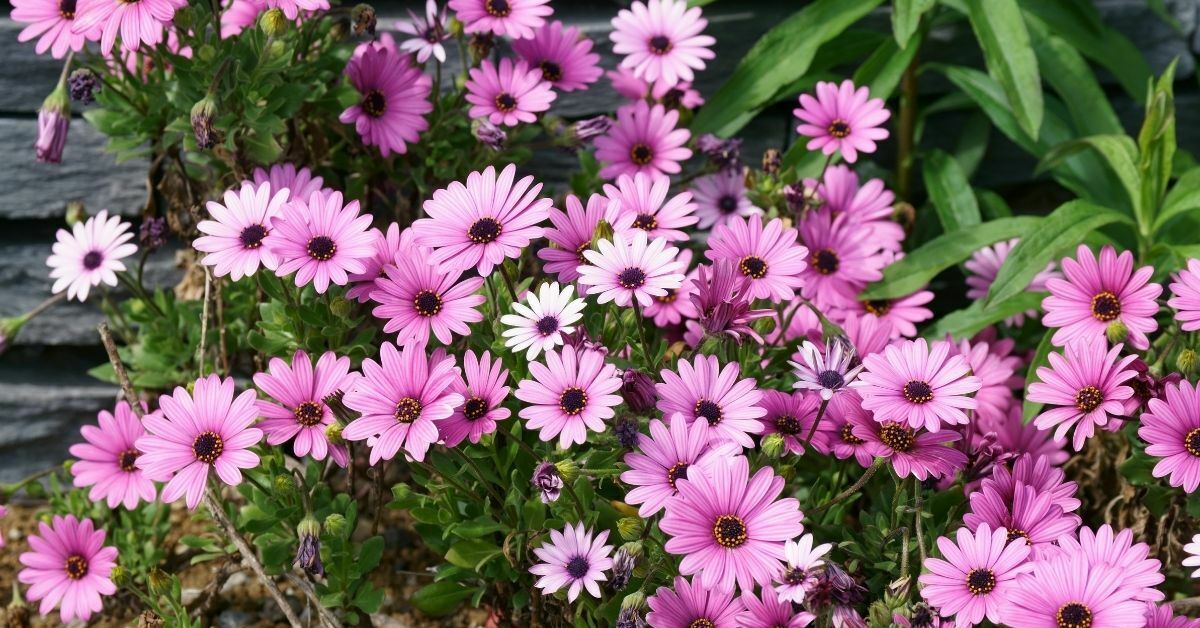
Fruit
Achenes, or nut-like fruits, emerge from the seeds of Osteospermum. They’ve got wings.
The Best Location
African daisies require a bright, warm location in the bed or on the balcony to thrive. They also flourish in a sunny patio planter!
In tiny, colorful clusters, they appear more opulent. The Osteospermums should only be placed on the balcony, terrace, or in the flower garden after the final frosts because they adore the sun and warmth so much. Choose a location that is slightly shielded from the wind to avoid the blossoms from snapping.
The soil should be porous and not too damp for the Osteospermums. To avoid waterlogging, add a quarter cup of sand or grit to the substrate.
How often should you water Osteospermum?
Ensure that the plants are kept equally wet. can handle a little dryness better than it can with constant hydration. Water-filled coasters on the balcony or patio should always be drained as soon as possible.
Dead Heading
Wilted flowers should be removed on a regular basis. This will make blossoming last longer. It’s fine to cut off a portion of the flower stalk to clean up the plant.
Pruning
Osteospermums will not be harmed if they are pruned. Quite the opposite is true. In a short time, they’ll sprout new side branches! The so-called hardy forms of Osteospermum benefit the most from pruning. It’s preferable to prune them in the early spring or late fall.
Fertilize
Every 14 days, add some liquid fertilizer to the Osteospermum’s water. Caution: If the plants are over-fertilized, they will quickly become sluggish. You can use a general fertilizer (e.g., 10-20-10 or 12-24-12).
Other care
The bright, colorful garden plants are incredibly easy to care for, making them ideal for newcomers to gardening.
Our recommendation: In certain plants, blooming may be disrupted for brief periods of time. The blooms will continue to bloom as long as you take care of the plants. With full bloom, the summer flower receives a lot of light; when it rains, the leaves might become blotchy.
Withered stalks should be pruned down periodically for a lovely bloom so that they can re-branch and grow blooms at the ends.
Winter protection or hibernation
Before the first frost in October, bring the African daisies indoors. The plants may readily overwinter at roughly 50-60 F (10 to 15 degrees Celsius) in a sunny environment. Osteospermum is dormant at this period and simply has to be watered sparingly and not fertilized.
You can prune back the plants before wintering them out in early summer so that they have adequate vitality for the following flowering. Slowly acclimate the overwintered plants to the warmer April temperatures rather than placing them in direct sunlight right away.
Use
African daisies have long been a staple of summer balcony planting and are now a firm favorite. In both balcony boxes and beds, they look great with beautiful grasses or erect summer flowers. When plants with comparable qualities are combined, a very lovely effect is generated. The summer flower bed is no exception.
Cape daisies are a great way to add some color to your landscape. Different colored Osteospermum cultivars can be put together to create a multicolored sea of blooms with an astonishing long-distance impact.
Propagation
Late in the winter, African daisies are sowed in pots or the cold frame and grow there.
- In September, collect and dry the seeds from the previous year’s plants for this purpose. If you wish to seed straight outside, wait until the last frost, which is usually in April or May.
- After around two weeks, the seeds germinate. The sun-seeking creature South Africans are particularly susceptible to cold setbacks that are accompanied by persistently wet weather, which is frequently still to be expected at the start of June. The plants are still tiny, and blossoming will take a long time. This is also why you should take your time when planting.
- African daisies will bloom through late summer in a warm setting with well-drained soil. Because Osteospermum is biannual, it may be overwintered in a cool home following the season. However, most of the time, the plant is grown as an annual bedding or balcony plant.
- In February, those who overwinter their African daisies can take top cuttings from the plants.
- Remove the leaves from a non-blooming, sturdy stem that is two to three inches long.
- Then, approximately a third of the way down put the cutting in potting soil. In a bright, warm environment, the cuttings take root fast.
Propagation of Osteospermum by Cuttings
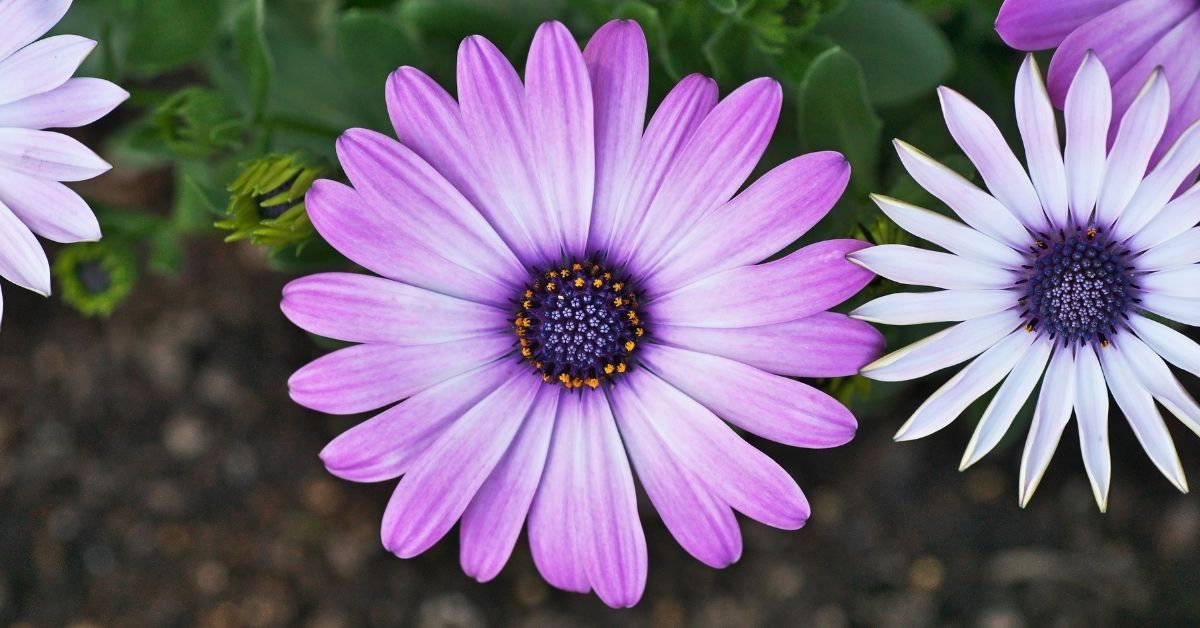
Because most Osteospermums are only half-hardy, cuttings are the best technique to generate new plants each year. Overwintering big plants are not recommended.
- 2 inches (5 cm) stem tip cuttings are usually taken in the autumn, but they may be rooted at any time of year under the correct conditions.
- Choose non-flowering shots wherever possible. To avoid basal rotting, use a hormone rooting powder or liquid that contains a fungicide.
- Within 3-4 weeks, the cuttings should root.
- Use a tray with 84 segments and a depth of roughly 2.3 inches (6 cm) if you are propagating a lot of plants.
- You may also use 2.75 inches (7 cm) square pots if you only need a few cuttings.
- Each container should be able to hold 6-7 cuttings.
You may root your osteospermum cuttings in a number of mediums. Although we’ve had decent success using the cheapest peat-based multi-purpose compost, a well-drained combination is preferred. Some garden stores sell seed and chopped compost that they have grown themselves.
This is a great combination because it’s low in nutrients and promotes root production and growth. If you prefer to root your cuttings in pots or trays, you can experiment with different combinations. A 50-50 combination of perlite and vermiculite, as well as a 50-50 mix of peat and perlite, has worked well for us. To improve drainage, horticultural grit can be used with perlite or peat/compost.
When employing the above-mentioned pieces, it’s preferable to pack the compost tightly. With whatever tools you have on hand, make a tiny hole in each part. A thin paintbrush’s top end is used.
Remove the lowest leaves and cut the stem right below a leaf node using a sharp knife to prepare your cuttings.
Then, carefully press the end of the cutting into the portion with hormone rooting powder. As you proceed, make a point of identifying your clippings. After you’re done, moisten the cuttings thoroughly and place them in a propagator or on a heated sand bench set at 59-68° F (15-20° C).
It is recommended that the cuttings be covered in some way, even though they do not need to be totally enclosed.
They will quickly wilt and perish if they are exposed to direct sunlight. While the cuttings should not be allowed to dry out completely, they should not be overwatered either, since this can cause them to decay. If any cuttings begin to decay, remove them as soon as possible.
We set the thermostat to 41° F (5° C) after the osteospermum cuttings are firmly rooted. You may either plant these cuttings up right away into 3.5 inches (9 cm) or 1-liter pots using multi-purpose compost, or you can wait until late winter to feed them. Feeds high in potassium are frequently suggested to develop strong, healthy roots. We, on the other hand, prefer to utilize a generic feed.
If you wish to pot the cuttings, you should pinch out the tops two weeks later to encourage bushy growth. Early on, rooting cuttings can also be pulled out. Hardening off all plants for 1-2 weeks before planting out in May is recommended (after any threat of frost has passed).
Osteospermum Diseases and Pests
You have a decent chance of keeping the cap daisies healthy for a long time if you prevent stagnant air and don’t keep them too wet. African daisies, however, are prone to aphid infestation. To strengthen the plants and prevent an infestation, apply a decoction of horsetail or wormwood.
Aphids Just a quick note about bugs! If you have aphid concerns, we recommend using a systemic pesticide. We’ve also discovered that earwigs like to eat the petals, whilst slugs and caterpillars prefer to consume the leaves.
1. Wilt Verticillium
Some plants may succumb to a soil-borne illness called verticillium wilt (which destroys the roots), especially if your soil is inadequately drained. Despite our hard clay soil, we have only lost 2 or 3 plants to this disease in the several years we have been cultivating these plants.
Diminished Blooms in Midsummer
African daisies bloom continuously from spring through autumn in colder areas, but in really hot, humid locations, your plants may become semi-dormant during the warmest weeks of July. This is typical, and when the weather cools, the plants will recover. It’s ideal to grow African daisies in partial shade in these areas.
Animal Damage
Groundhogs are particularly fond of African daisies, for unknown reasons. In areas where there are deer, these hooved creatures also like eating African daisies. Sturdy fence is the only completely effective defense from feeding animals.
Plant Viruses
We noticed an issue with some of our Osteospermum stock plants in early 1999 that we hadn’t observed before. Many of our Osteospermums exhibited a unique mottling or mosaic pattern on their leaves. Aphids were initially suspected as the source of the problem.
However, a closer look at the leaves revealed no substantial infestation, which might explain the severity of the problem. It was also recommended to us that the red spider mite may be the culprit. We had a feeling it was something altogether different!
But what exactly is it? An accidental conversation with the head of propagation at a neighboring RHS garden provided the solution.
The Lettuce Mosaic Virus was to blame (LMV). Virus testing later corroborated this. We’d never read anything before that showed Osteospermums were susceptible to plant viruses. Unfortunately, there is no treatment for this condition. We had no choice but to kill all of the afflicted plants and investigate the situation further.
How can you find out whether a plant has a virus?
You’ll need to submit samples to a specialized lab. Sap inoculation is a test that may be done.
A tiny sample of the contaminated material is ground in a buffer. After that, the sap is smeared on indicator plants. If they have a virus infection, the responses they generate can sometimes be used to identify the virus.
However, a more specialized viral test known as ELISA is necessary to screen for a specific virus.
What are the main symptoms?
Mosaic patterns, yellow mottled patches or blotches, ring dots, and irregular line patterns can all be seen on the leaves. Please remember that other factors, such as nutritional deficiencies might cause identical symptoms.
What other viruses can be transmitted to Osteospermums?
Apart from the Lettuce Mosaic Virus, the following viruses can affect Osteospermums:
- Chrysanthemum virus B
How do plant viruses spread?
Aphids and western flower thrips are the most common pests. Some insects may only be able to spread a virus for a limited period of time, while others may be able to do so for the rest of their lives.
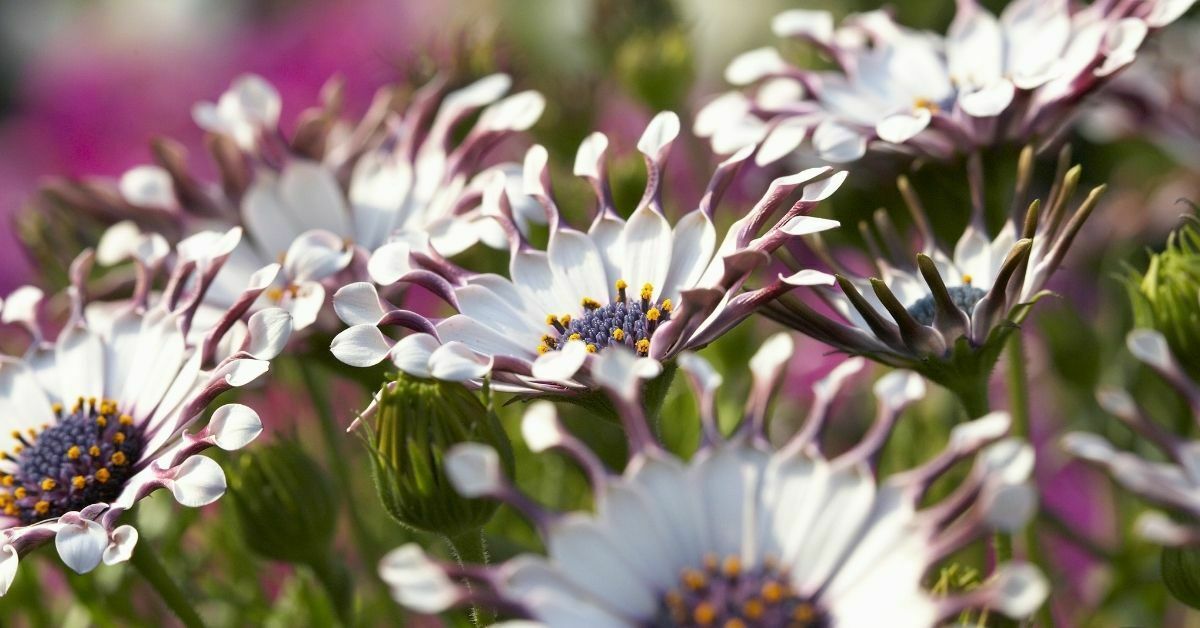
How can plant viruses be controlled?
All of the plants that have been harmed must be eradicated as soon as possible. Replanting in the same spot might spread the pathogen. To avoid re-infection by soil-borne pests such as nematodes, it may be important to alter the soil. Using hot soapy water, thoroughly wash hands and any instruments used.
The majority of nurseries in the United States use hydrogen peroxide to sanitize their instruments (highly alkaline). However, even this does not ensure that a virus will be totally eradicated. Insecticides may help manage aphids, but they won’t eliminate an existing virus issue. Because the virus is spread by the sap, do not propagate to any affected plants.
Plant viruses are thought to be systemic, which means they exist throughout the plant. Any instruments you use will merely spread the infection to the next plant you come into touch with. Four Oaks also recommends dipping your cutting tools in skimmed milk after each use when taking cuttings (even of virus-free plants).
The virus appears to stay in the milk rather than infecting the plant material. It’s unclear how this will function! It’s also a good idea to keep your weeds under control because they’re suspected of harboring viruses.
Wherever feasible, it’s best to acquire plants that have been developed from virus-free elite stock. Commercial growers frequently use specialized firms to guarantee that their mother plants are free of all known pests and illnesses
Virus Research
Currently, a few institutions in France and Germany are experimenting with genetic modification to create Osteospermums that are immune to LMV, the virus that is thought to be the most problematic. Heat treatment or meristem cultures can already be used to eliminate the virus from a plant. Both, however, are time-consuming procedures that need the use of specialized equipment.
FAQ – Osteospermum
Are African daisies perennial?
No. African daisies are not perennial. The biennial plants themselves are normally only grown as annuals.
Are African daisies hardy?
African daisies aren’t particularly hardy. Let’s say you wish to bring the frost-sensitive perennials indoors for the winter. In such a scenario, you should store them before the first frost in October in a light, cool location. In April, you may gradually reintroduce higher temperatures to the plants.
When do African daisies bloom?
From May through September, African daisies bloom.
How often do you have to water African daisy?
Keep your African daisies evenly moist, but don’t let the substrate become too damp. As a result, you should always drain coasters that are full of water as soon as possible.
How do you cut African daisy?
During the flowering season, fading stems are pruned down on a regular basis. As a result, they branch out again and bloom at the ends. African daisies can also be pruned in the early summer before wintering out.
What are the companions of African daisies?
African daisies complement ornamental grasses, and tall summer blooms wonderfully. Plants with comparable traits make excellent planting mates. When several types of Osteospermum are mixed, they create a stunning effect.
Should I Overwinter Osteospermums?
Because most Osteospermums are not hardy, it is best to overwinter them. Better still, take cuttings! See our page on cutting propagation for details on how to accomplish it.
Is Cape daisy the same as African daisy?
Yes. The common name for Osteospermum, a genus of daisy-like blooms in the Asteraceae family, is African daisy. The South African daisy, Cape daisy, blue-eyed daisy, and daisybush are all names for these native South African daisies.
